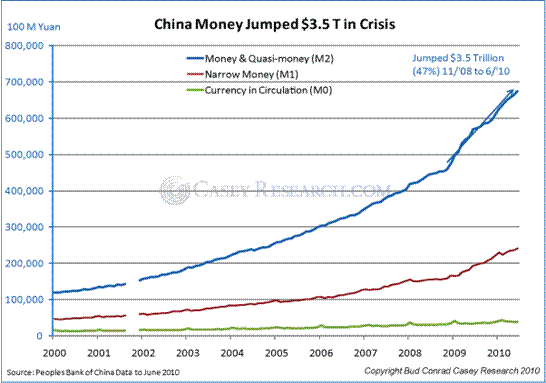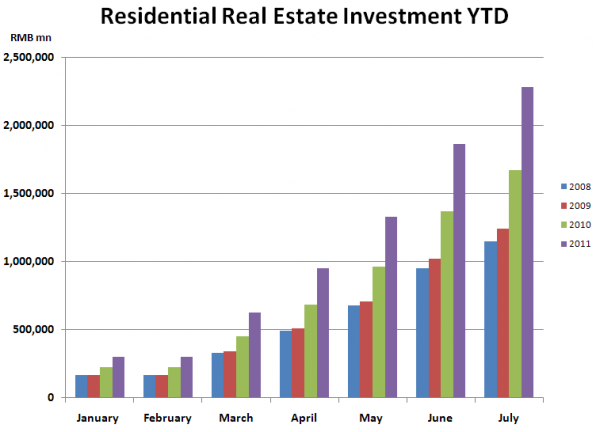Basics Of China s Real Estate Industry
Post on: 14 Апрель, 2015 No Comment

How the Chinese Real Estate Boom Began
The shift to a market-centered economy from a state-controlled economy in the 1980s has put China on a high growth trajectory ever since. The real impetus came in the late 1990s when the housing sector was privatized. It was at this time that the “property market” came into existence, taking over the “work unit” system in which apartments were allocated as benefits associated with a person’s job. The magnitude of this change is key in analyzing China’s economic growth. IMF data shows the real estate industry in China contributed 5% of it’s GDP back in 2000 but grew to 15% in 2012.
Real Estate Markets Under Stress
While it’s still debatable whether the Chinese real estate bubble will burst or just slowly stabilize, real estate has been losing momentum in the last few years. Builders are responding to slow demand by cutting the prices of homes and people are now buying only to occupy, rather than invest. The Chinese government has also tried to assist the housing sector with stimulus packages in response to the global economic crisis.
Real estate has been the most prominent driver of growth in China and if its prices continue to decrease, investors are likely to cash in their losses and buyers are likely to hold off on purchases. This will consequently lower demand and leave a high supply of homes that would only sell for lowered prices.
Most analysts and economists agree that the real estate market in China is up for some major correction, however it is difficult to predict whether there will be a housing crisis or just a slow stabilization of prices. Some industry indicators and research hint that the real estate industry is definitely not going to boom like it did back in the 1990s and while there are signs of substantial volatility, there is not a clear trend.
While there’s no doubt a real estate crisis will bring bad news to the markets around the world, most investors don’t see a housing bubble in China as anything similar to the U.S subprime mortgage crisis. Chinese household debt levels are far lower than those seen in the US, and unlike U.S banks, Chinese banks have kept housing loans on their financial statements instead of packaging them and selling them as collateralized debt obligations (CDOs).
Affordability and Oversupply

While China might be considered safer than the U.S in regards to the impact of CDOs, their major problem comes with oversupply and affordability. With houses built for almost the entire urban population of China, the demand for new homes is tapering off. The gap in demand and supply is so huge that some Tier II and Tier III cities in China are known as ghost towns due to the vast number of homes lying vacant, with little to no interest from citizens to even be residents of those cities.
Affordability is another big issue that contributes to lower prices and low demand. The average disposable income for Chinese living in urban areas is 26,955 RMB (4,390 USD) a year, where as the price per square meter to buy apartments in cities like Beijing or Shanghai can hover around 54,000 RMB (8,800 USD) to 29,000 RMB (4,720 USD). Price to income ratios are as high as 32 in top cities such as Beijing and Shanghai, compared to cities such as Singapore, New York or Toronto where this ratio ranges between 5 to 8.
The Bottom Line
Recovery of the Chinese real estate sector is not yet in sight, however, a bubble crisis of the same magnitude as the 2008 U.S subprime meltdown is unlikely. (For more real estate related content visit Top 10 Asian Cities For Real Estate Investment .)














